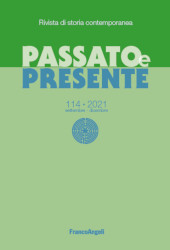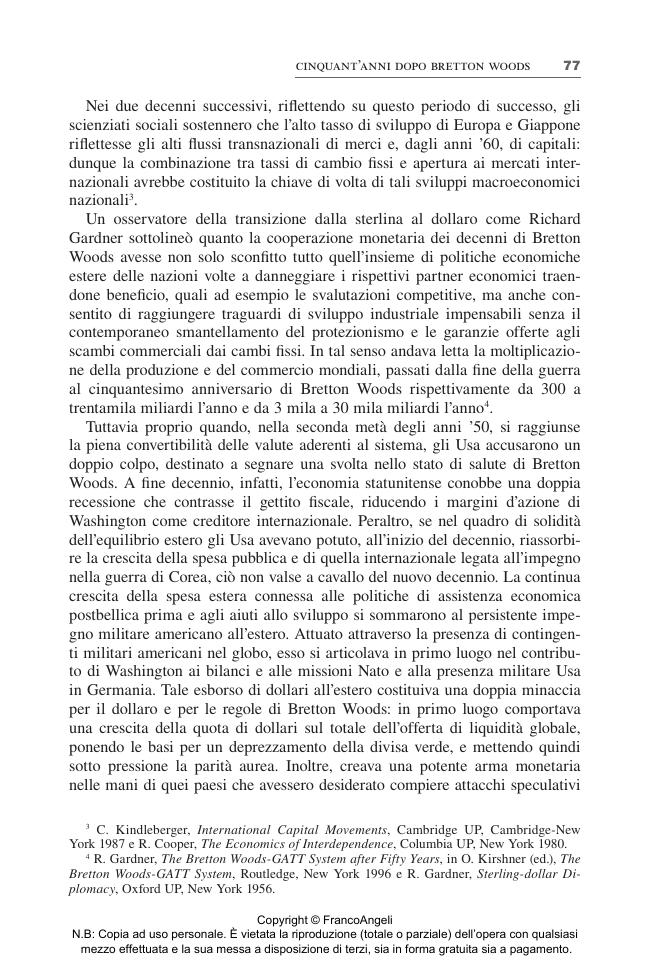Cinquant'anni dopo Bretton Woods : dollaro e sistema monetario internazionale tra storia e presente
72-82 p.
On the occasion of the 50th anniversary of the suspension of the convertibility of dollars into gold by the U.S. government, which led to the demise of the Bretton Woods international monetary system (1944), this article offers a contribution to understanding the key features of Bretton Woods. It analyses the midterm developments that triggered its crisis in the early Seventies, and why nowadays the U.S. currency still serves as the pillar of world trade and payments, and is the most important reserve currency and means of payment. Today these questions are all the more worth addressing as the U.S. economy share in total world trade is on a downward trend and new currencies (Euro, Renminbi) are coming to centre stage in world economic affairs.
The author traces the main features of the international monetary system born out of the end of 19th century Gold Standard, and laid out at Bretton Woods; the various reasons behind the origins of its collapse during the 1960s; a reflection on the central role of the U.S. dollar in world trade and payments throughout the last fifty years against the framework of the rampant ascendancy of new global financial players. [Publisher's text].
-
Articles du même numéro (disponibles individuellement)
-
Informations
Code DOI : 10.3280/PASS2021-114005
ISSN: 1972-5493
KEYWORDS
- Gold standard, Sistema monetario internazionale, Politica monetaria, Dollaro, Eurodollari, Finanza globale
- Gold standard, International monetary system, Monetary policy, US dollar, Eurodollar market, Global finance



